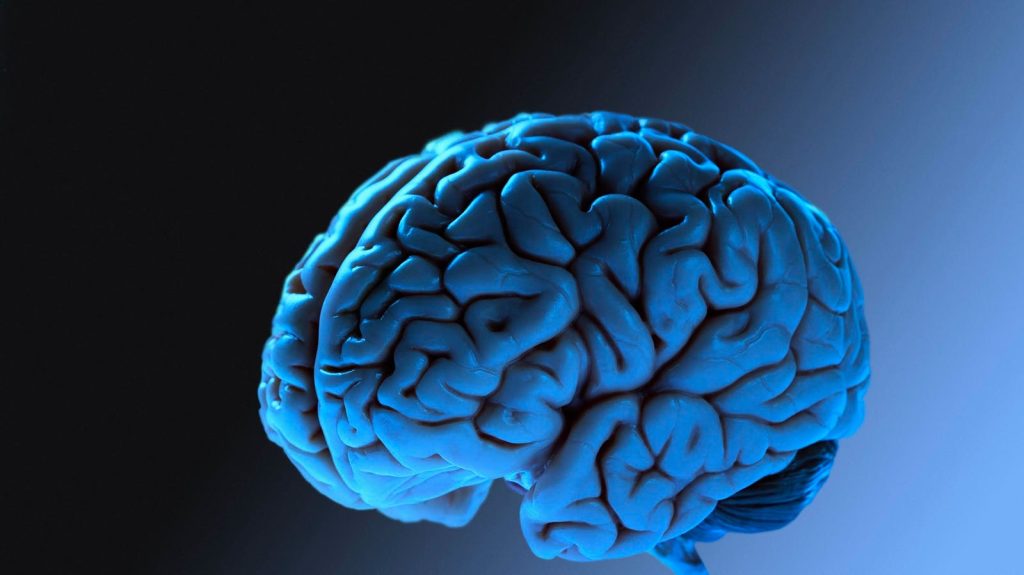Modern treatments for depression have been evolving throughout the past few decades.
In the historical context, it wasn’t long ago when hospitals were performing lobotomies on patients, but these days, that seems like the stuff of a horror film; deeply intrusive, damaging to the brain tissue, and comparatively primitive.
Since the 1940s, the common treatment became electroconvulsive therapy, which could lead to seizures and had a dramatic impact on the brain’s overall function, sometimes with deep side effects that, again, inspire a sense of terror.
Since its invention in 1985, and 2008 FDA approval for severe, or treatment resistant depression (TRD), more recently, there is a non-invasive process called Transcranial Magnetic Stimulation or TMS. In this method, Doctors place a helmet over the head, pointing magnetic coils toward the brain, and try to stimulate deep cortical regions that are associated with mood disorders.
The challenge with TMS is that the patient is required to go into the hospital every day for weeks or even months, a tall order for patients struggling with depression. Additionally, TMS machines only exist in large cities, so patients in rural areas or small cities can not access treatment. Finally, TMS machines only stimulate the brain, and are not capable of sensing it and providing feedback to the patient and physician whether the treatment is working.
Now, that evolution has taken another step with something called a BCI or “brain-computer interface.” which solves the three limitations of TMS; compliance, access and feedback.
The BCI is a particular kind of medical accessory, which can be used to deliver precise pulses that can help with the treatment of depression. Additionally, the device can sense brain signals, and using an AI-based “mood graph”, it can make the right kinds of small adjustments in the brain that can bring a patient out of a profound depressive episode.
The company behind this, Inner Cosmos, calls their BCI a “Digital Pill for the Mind”; about the size of a penny, this wearable delivers precise micro-stimulations, similar to TMS, but without the need to visit a hospital for weeks in a row, or interact with the traditional machinery in the hospital setting. That is a game-changer in terms of the time, effort and cost of providing care or accessing treatment.
Depression patients who have tried 2+ courses of antidepressants without success, and have been prescribed with TMS can now try the Inner Cosmos BCI as part of its clinical trials, as the device has been approved in 2022 by the FDA as an IDE. (full disclosure: I have know the CEO and Founder for years and am an advisor to Inner Cosmos).
Managing the delivery of these mental stimulations in a new way, Inner Cosmos and its BCI believe they are modernizing this form of treatment from office-based therapy to something that can be done affordably and easily at home via an app, analyzed with AI which can be monitored remotely by a psychiatrist.
This stimulation approach has led to some preliminary breakthroughs for clinical-trial patients, with 24 months of data from two patients already collected.
Both patients have shown better outcomes with the Inner Cosmos device than with their own previous TMS treatment scores.
In a big milestone for depression treatment, Inner Cosmos announced that their recent patient, initially severely ill, has been in full remission for several months following treatment with the Inner Cosmos device. The patient’s Montgomery-Åsberg Depression Rating Scale (MADRS) score dropped from 30 to 5, indicating an 84% improvement in depressive symptoms.
In addition, the company embedded a third patient this month, aiming to expand the data pool and further demonstrate the device’s safety.
What intereste You could say that the technologies enabling the Inner Cosmos treatment are the same ones behind a lot of AI and machine learning projects – that the march toward big data, smaller hardware and large language models (and other forms of AI/ML) has brought us these kind of innovations in all areas of our lives.
For depression patients, this is good news, and for the rest of us, it illustrates what’s possible when you reach a certain technological frontier. It’s interesting to think about as part of a survey of how we use AI in particular ways, not just as a general force, but in actual use cases that affect us positively.
In a way, the human brain is like the oceans, or the moon, or a distant planet – there’s only so much that we know about it, and then there’s the “dark” or unexplored side. Technologies like these let us go further toward therapeutic knowledge of how our most complex organ works. And AI is an important driver, perhaps the most important driver, of these life-saving and life-enhancing modalities.
Read the full article here









